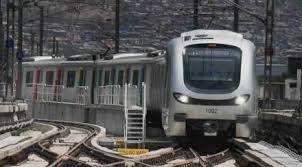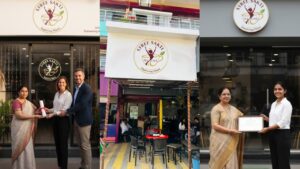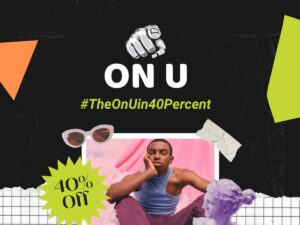Mumbai Metro 3 Connecting Colaba, Bandra, and SEEPZ to Launch Next Week with Fares from ₹10 to ₹50
Mumbai’s long-awaited underground metro—Line 3, also known as the Colaba-Bandra-SEEPZ line—is on the verge of opening its doors to the public, marking a significant milestone in the city’s transit system. Slated to be operational in the first week of October, the metro will offer a vital connection between South Mumbai, various business districts, and suburban areas, easing congestion and streamlining travel. Once fully operational across its 33.5 km route, it will revolutionize mass transport in the city.


Mumbai’s long-awaited underground metro—Line 3, also known as the Colaba-Bandra-SEEPZ line—is on the verge of opening its doors to the public, marking a significant milestone in the city’s transit system. Slated to be operational in the first week of October, the metro will offer a vital connection between South Mumbai, various business districts, and suburban areas, easing congestion and streamlining travel. Once fully operational across its 33.5 km route, it will revolutionize mass transport in the city.
The first phase of the metro, spanning 12.44 km from Aarey to the Bandra-Kurla Complex (BKC), will be the first underground metro line to operate in Mumbai and only the second in Maharashtra. The Mumbai Metro Rail Corporation Limited (MMRCL), the body overseeing this project, is currently awaiting final safety approval from the Commissioner of Metro Rail Safety (CMRS) before it opens to the public. Ashwini Bhide, Managing Director of MMRCL, said, “We are poised to commission Phase 1 on the Aarey-BKC corridor by the first week of October. The CMRS inspection is still underway, and the approval process is in its final stages.”
The metro will operate between 6:30 AM and 10:30 PM on weekdays, with slightly later weekend services starting at 8:30 AM. Phase 1 will feature 10 stations and nine rakes, each making 96 trips per day. Each eight-car train is expected to carry 2,500 passengers, with a headway of 6.40 minutes between trains. While the trains have the capability to run without drivers, there will be 48 captains operating the trains for safety and monitoring purposes.
The fare for the Aarey-BKC stretch will range from ₹10 to ₹50, and once the full corridor extends to Cuffe Parade, the maximum fare will be ₹70. Initially, passengers will be issued paper tickets with QR codes, and NCMC cards will be rolled out later for a seamless travel experience.
Phase 2 Expected in 2025
Phase 2 of the metro line, which stretches an additional 21.34 km, is expected to be operational by mid-2025, with major work currently underway at stations in Worli and Girgaum. Once completed, this phase will provide full connectivity to Cuffe Parade and beyond. The metro’s second phase aims to take a significant portion of traffic off Mumbai’s suburban railway system, with an expected daily ridership of 13 lakh passengers. It is also expected to reduce the number of vehicles on the road by 6.5 lakh, significantly improving the city’s traffic and pollution levels.
Revenue Opportunities and Tech Enhancements
While there is currently limited mobile phone coverage in the underground metro line, work is underway to introduce a robust network. Airtel, Vodafone, and Jio are working on this project to ensure coverage. There are also plans to provide Wi-Fi on the trains for passengers.
The MMRCL is eyeing substantial revenue generation through 1.50 lakh square feet of commercial space available at stations like BKC, Siddhivinayak, Cuffe Parade, and the airport. The corporation expects to earn around ₹200 crore annually from these leases.
With its opening just days away, Mumbai Metro Line 3 is set to transform the daily commute for thousands of passengers, offering a faster, more efficient travel option and paving the way for significant urban development across the city.
Sources By Agencies







